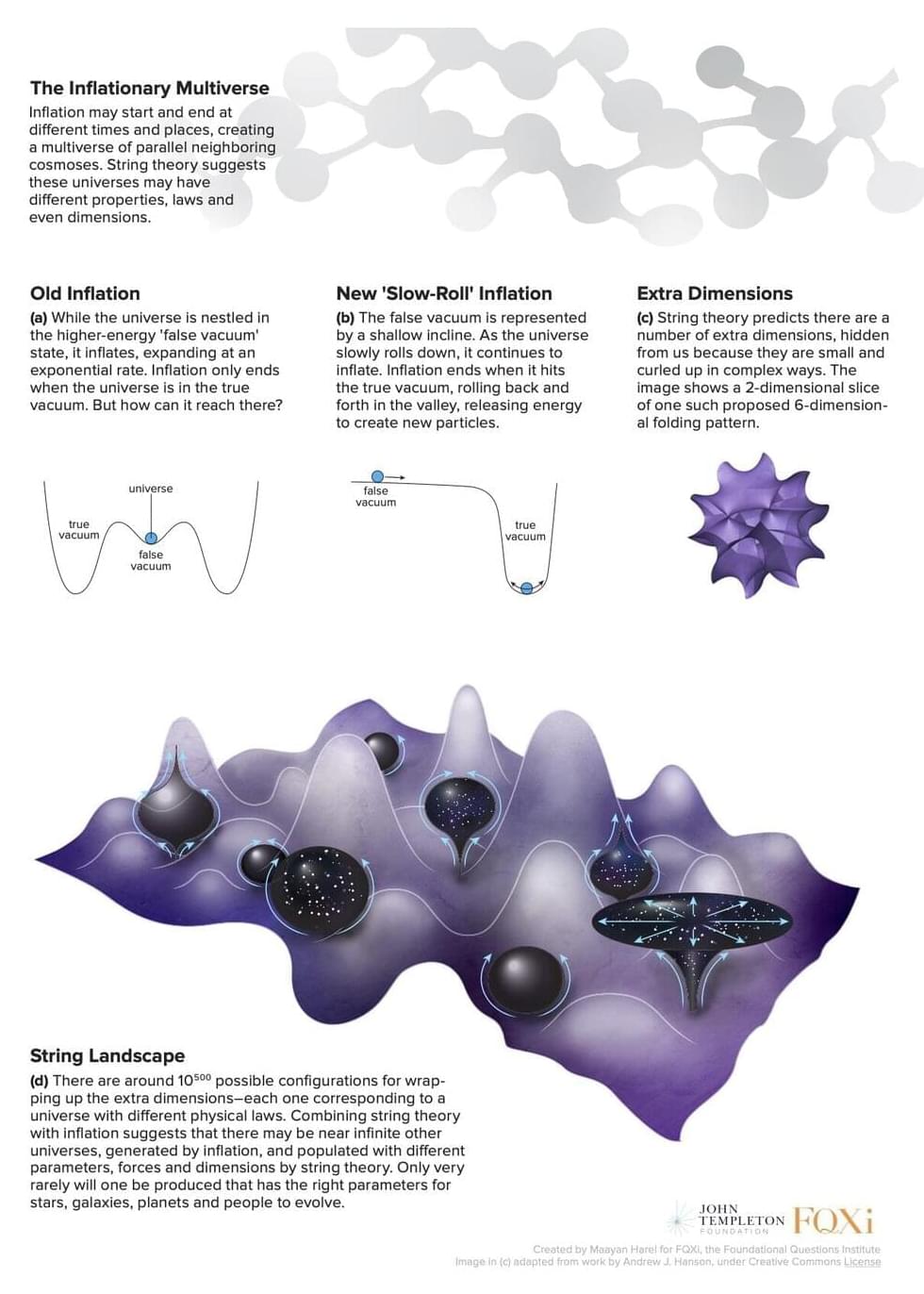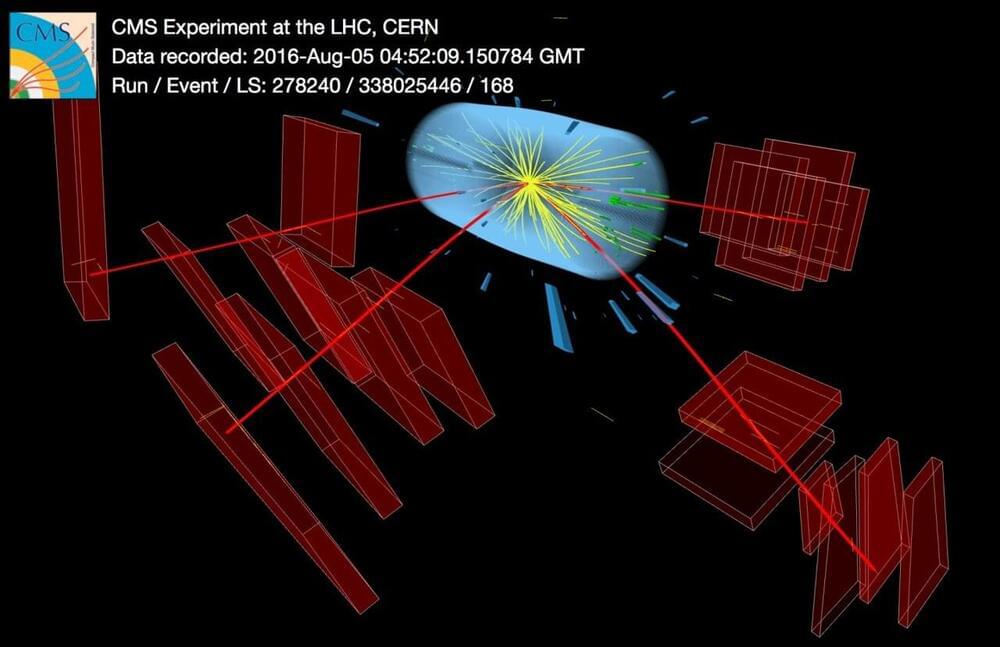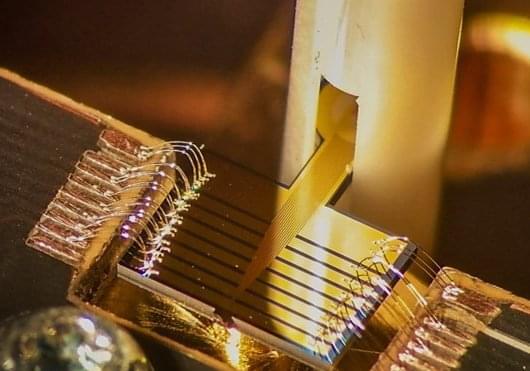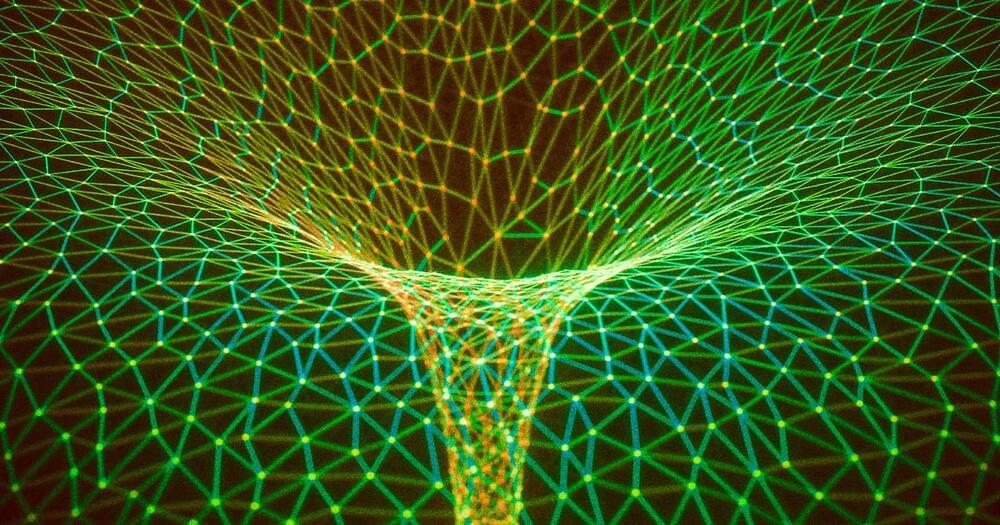Imagine a universe with extremely strong gravity. Stars would be able to form from very little material. They would be smaller than in our universe and live for a much shorter amount of time. But could life evolve there? It took human life billions of years to evolve on Earth under the pleasantly warm rays from the Sun after all.
Now imagine a universe with extremely weak gravity. Its matter would struggle to clump together to form stars, planets and—ultimately—living beings. It seems we are pretty lucky to have gravity that is just right for life in our universe.
This isn’t just the case for gravity. The values of many forces and particles in the universe, represented by some 30 so-called fundamental constants, all seem to line up perfectly to enable the evolution of intelligent life. But there’s no theory explaining what values the constants should have—we just have to measure them and plug their numbers into our equations to accurately describe the cosmos.






